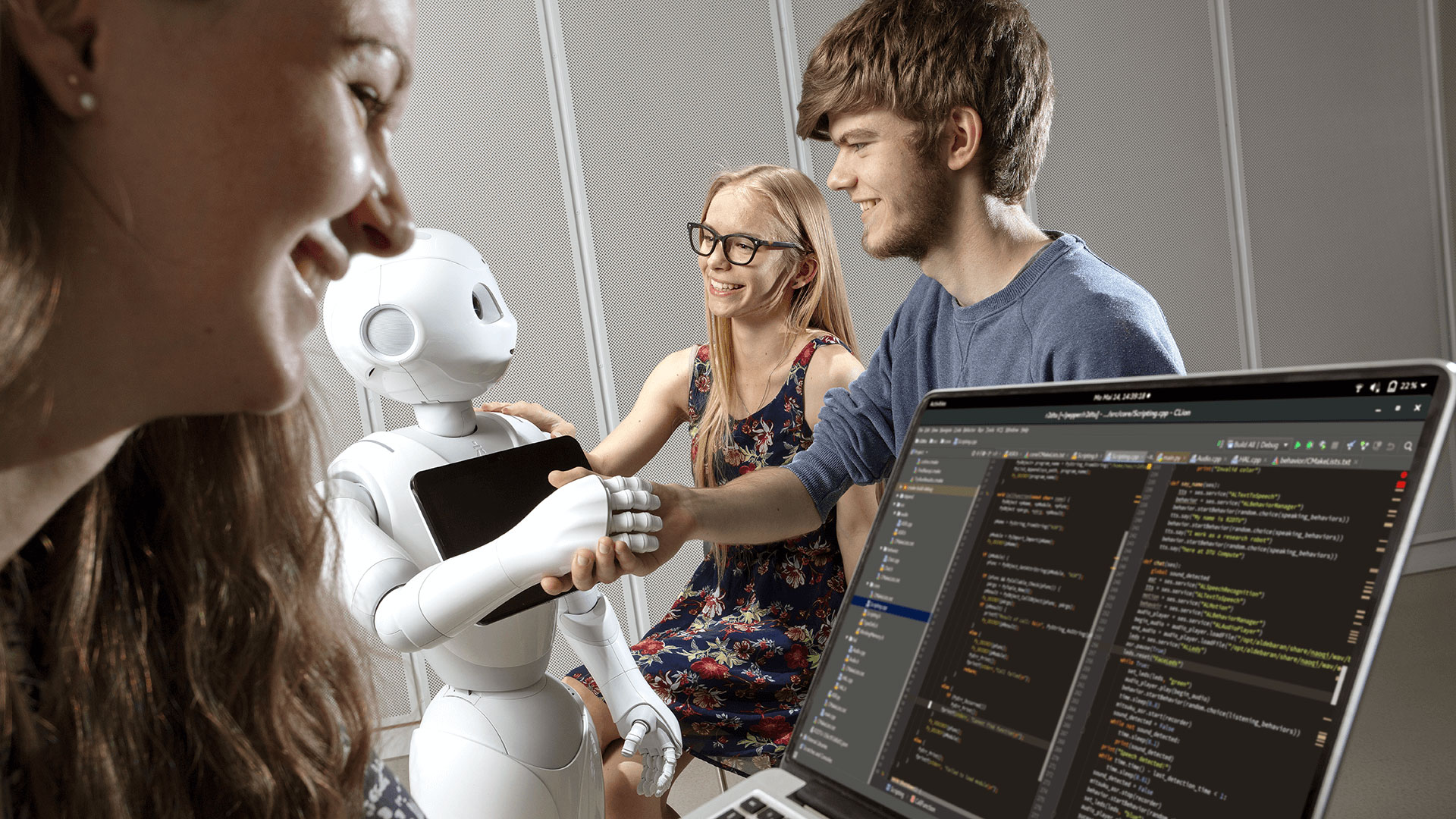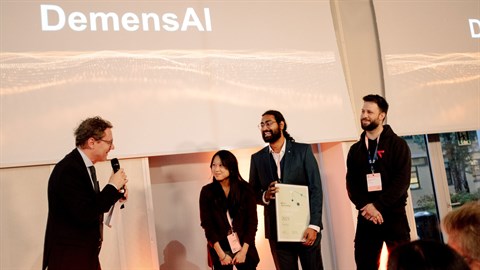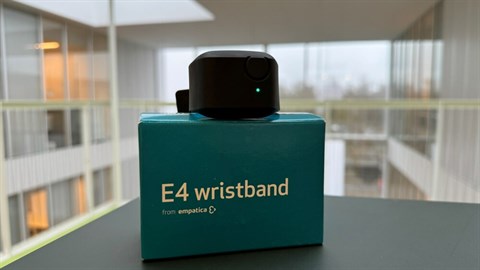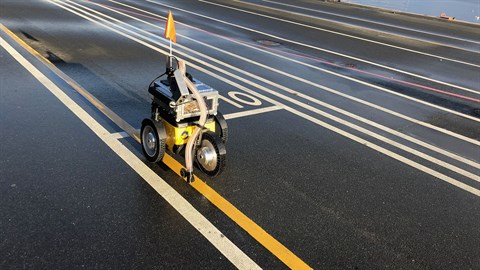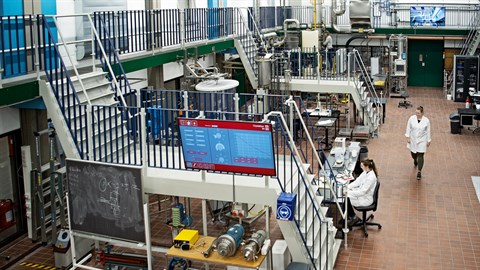Artificial intelligence
Advances in artificial intelligence (AI) have never been faster. The technology seems to hold almost unlimited potential, and it is hard to imagine where it will all end.
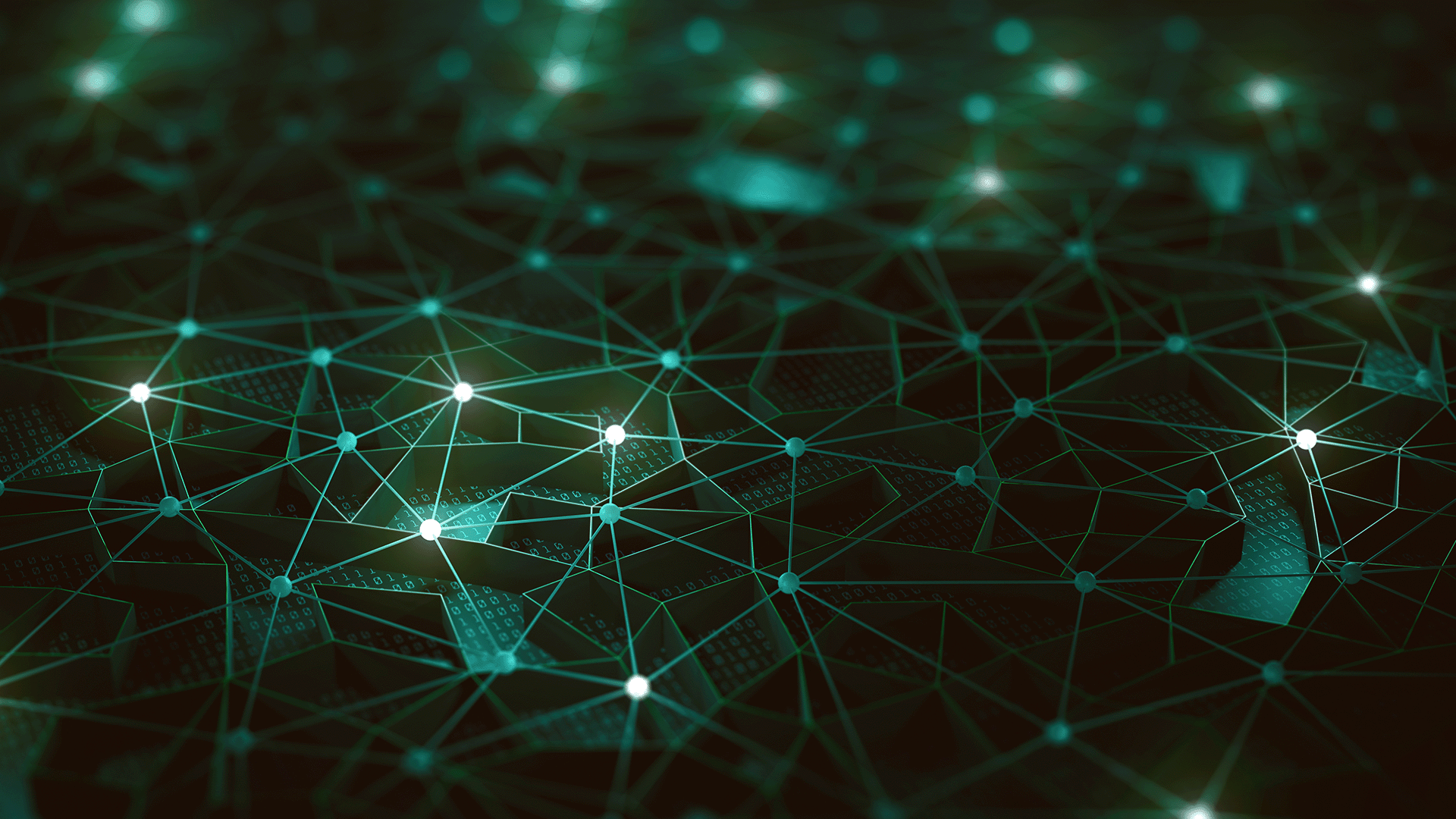
Just a few years ago, few would have imagined a solution like Open AI's ChatGPT, which the whole world now knows and uses. It is a solution based on AI.
AI is playing an increasingly important role, both in our private lives and in key functions in society. In the healthcare sector, for example, AI is increasingly supporting doctors and other healthcare professionals in diagnosing and treating patients. In the energy sector, AI is used to save energy and make the best possible use of renewable energy sources.
AI employs mathematics and logic. We know how AI works, but we cannot always explain how it arrives at a specific solution or assessment. This underscores our obligation - as researchers and as members of society - to set the right standards for use of the technology, both in legislation and morally.
At DTU, we have a strong focus on the ethics of AI and on ensuring that future AI solutions do not contain biases or favour certain groups of people.
